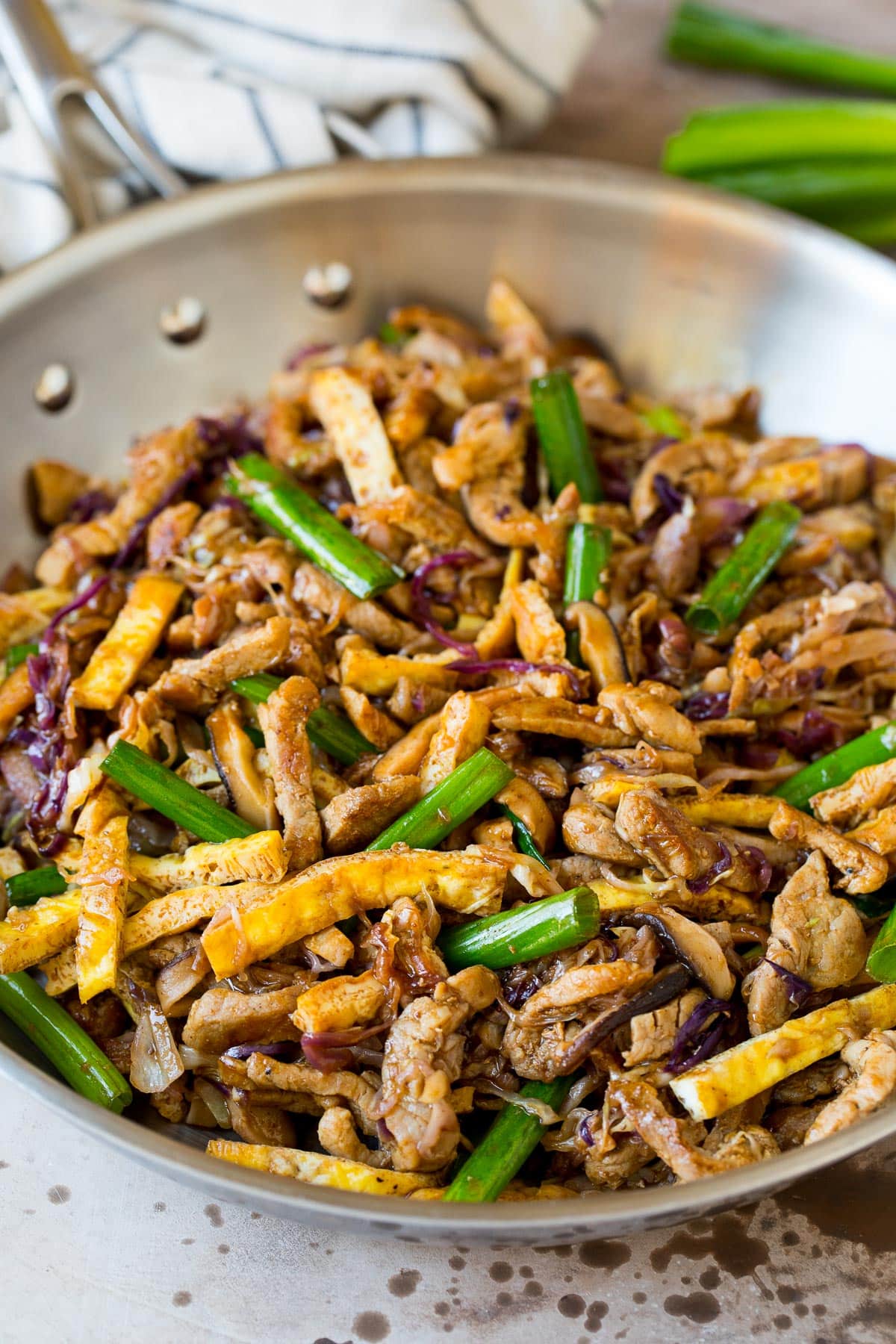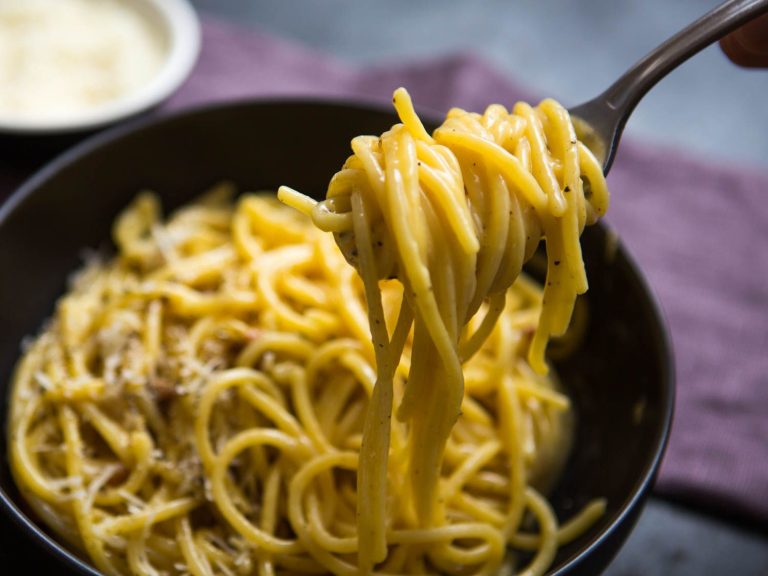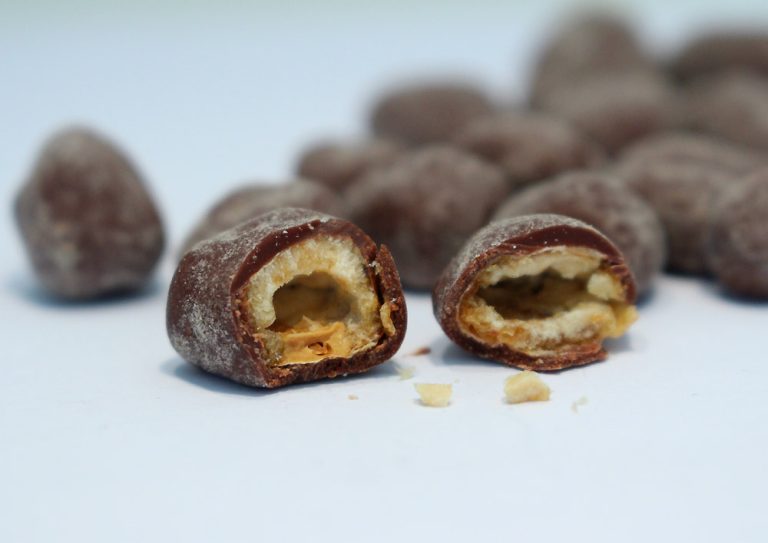Mu Shu Pork: Authentic Recipe, Origins, and Perfect Pairings
Mu Shu Pork originated in Northern China, particularly in the Shandong province, during the Qing Dynasty (1644-1912). It gained popularity due to its combination of easily accessible ingredients and rich flavors. Chefs originally prepared it using wood ear mushrooms, cabbage, eggs, and pork seasoned with ginger, garlic, and soy sauce. Over time, this dish transitioned from imperial kitchens to street vendors and local eateries, evolving with each migration and adaptation to new cooking styles. Today, it enjoys a prominent place in Chinese-American cuisine and various global iterations.
Variations Across Different Regions
Variations of Mu Shu Pork reflect local ingredients and culinary practices. In Northern China, chefs use traditional ingredients like wood ear mushrooms and daylily buds for authenticity. Southern regions, including Guangdong, incorporate local vegetables such as bok choy and add a touch of sweetness to balance the flavors. In the United States, this dish often includes a thicker hoisin sauce and the addition of bean sprouts and scallions. Each region’s version of Mu Shu Pork offers a unique twist while maintaining the core elements that make this dish beloved.
Key Ingredients in Mu Shu Pork
Essential Components and Substitutes
Mu Shu Pork combines a few essential ingredients that ensure its distinctive flavor. Typically, the dish includes:
- Pork: Traditionally, you use thinly sliced tenderloin. For substitutes, consider chicken or beef.
- Wood Ear Mushrooms: These add texture. Substitute with shiitake mushrooms if necessary.
- Cabbage: Napa cabbage is standard, but regular cabbage works too.
- Eggs: Scrambled eggs provide richness.
- Ginger and Garlic: Freshly minced ginger and garlic enhance flavor.
- Soy Sauce: Light soy sauce is preferable, but tamari can be used for a gluten-free option.
- Scallions: These are used for garnish and flavor enhancement.
Vegetarian Alternatives to Traditional Mu Shu Pork
Vegetarians can enjoy Mu Shu Pork by substituting certain ingredients:
- Tofu: Replace pork with firm tofu for protein.
- Mushrooms: Increase the quantity of wood ear or shiitake mushrooms.
- Bean Sprouts: Add bean sprouts for crunch.
- Seitan: Use seitan for a meat-like texture.
- Tempeh: Incorporate tempeh for a nutty flavor.
- Vegetable Broth: Replace pork broth with vegetable broth to maintain depth of flavor.
These alternatives preserve the dish’s essence while catering to vegetarian preferences.
Preparing Mu Shu Pork at Home
Step-by-Step Cooking Guide
Start by slicing about 1 pound of pork tenderloin into thin strips. Marinade the pork with 2 tablespoons of soy sauce, 1 tablespoon of cornstarch, and a pinch of white pepper. Let it sit for 10 minutes.
Prepare the vegetables: finely shred 2 cups of napa cabbage, soak and slice 6 dried wood ear mushrooms, julienne 1 carrot, and chop 2 scallions. Also, whisk 2 eggs in a small bowl.
Heat 2 tablespoons of vegetable oil in a wok over medium-high heat. Add the pork and stir-fry until browned and cooked through, about 3 minutes. Remove the pork from the wok and set it aside.
Add another tablespoon of oil to the wok. Pour in the beaten eggs and scramble them until just set. Remove the eggs and set them aside.
Heat 1 more tablespoon of oil in the wok. Add the mushrooms, napa cabbage, carrot, and scallions. Stir-fry for about 3 minutes until the vegetables are tender.
Return the eggs and pork to the wok. Stir in 3 tablespoons of hoisin sauce, 1 tablespoon of oyster sauce, and 1 teaspoon of sesame oil. Mix everything thoroughly and cook for another 2 minutes.
Serve the Mu Shu Pork with Mandarin pancakes or warm tortillas. Place a spoonful of the mixture in the center of each pancake, roll it up, and enjoy.
Tips for Achieving Authentic Flavors
Use fresh ingredients to ensure the best taste. Fresh napa cabbage, wood ear mushrooms, and scallions contribute to authentic flavors.
Marinate the pork for at least 10 minutes to allow the flavors to penetrate the meat.
Don’t overcrowd the wok. Stir-fry in batches if necessary to maintain high heat.
Incorporate authentic Chinese sauces like hoisin and oyster sauce for depth of flavor. These are readily available in most grocery stores.
Use a high-heat oil like vegetable or peanut oil. These oils handle the high temperatures required for stir-frying without burning.
Serve with traditional Mandarin pancakes. They can be found in Asian grocery stores, adding an authentic touch.
Serving and Pairing Ideas
Traditional vs. Modern Serving Styles
Mu Shu Pork can be served in various styles, blending traditional and modern approaches. Traditionally, the dish is served with Mandarin pancakes. You spoon the savory pork mixture onto the pancake, add hoisin sauce, then roll it up like a wrap. In modern adaptations, some prefer to serve Mu Shu Pork over steamed rice or noodles. This quickens the serving process and suits those who enjoy a more Western-style meal presentation. Others even use lettuce wraps for a low-carb option, creating a fresh and crunchy contrast to the dish.
Recommended Side Dishes and Beverages
Complement Mu Shu Pork with suitable side dishes and beverages to enhance your dining experience. Popular side dishes include hot and sour soup, egg rolls, or steamed dumplings, which offer varied textures and flavors. Stir-fried vegetables, such as bok choy or broccoli, provide a nutritious and balanced meal.
For beverages, consider options that contrast the savory flavors. Green tea or jasmine tea cleanses the palate, making each bite enjoyable. For a more festive occasion, a light beer or a crisp white wine like Sauvignon Blanc pairs well with the dish, adding a refreshing element to the robust flavors of Mu Shu Pork.
Conclusion
Mu Shu Pork offers a delightful journey through Chinese culinary tradition and modern adaptation. Whether you’re a seasoned chef or a home cook, this dish provides a flavorful experience that’s both authentic and versatile. By following the step-by-step guide and tips provided, you’ll master the art of Mu Shu Pork in no time. Pair it with your favorite side dishes and beverages to create a memorable meal that celebrates the rich heritage and evolving nature of Chinese cuisine. Enjoy the process and savor every bite!






